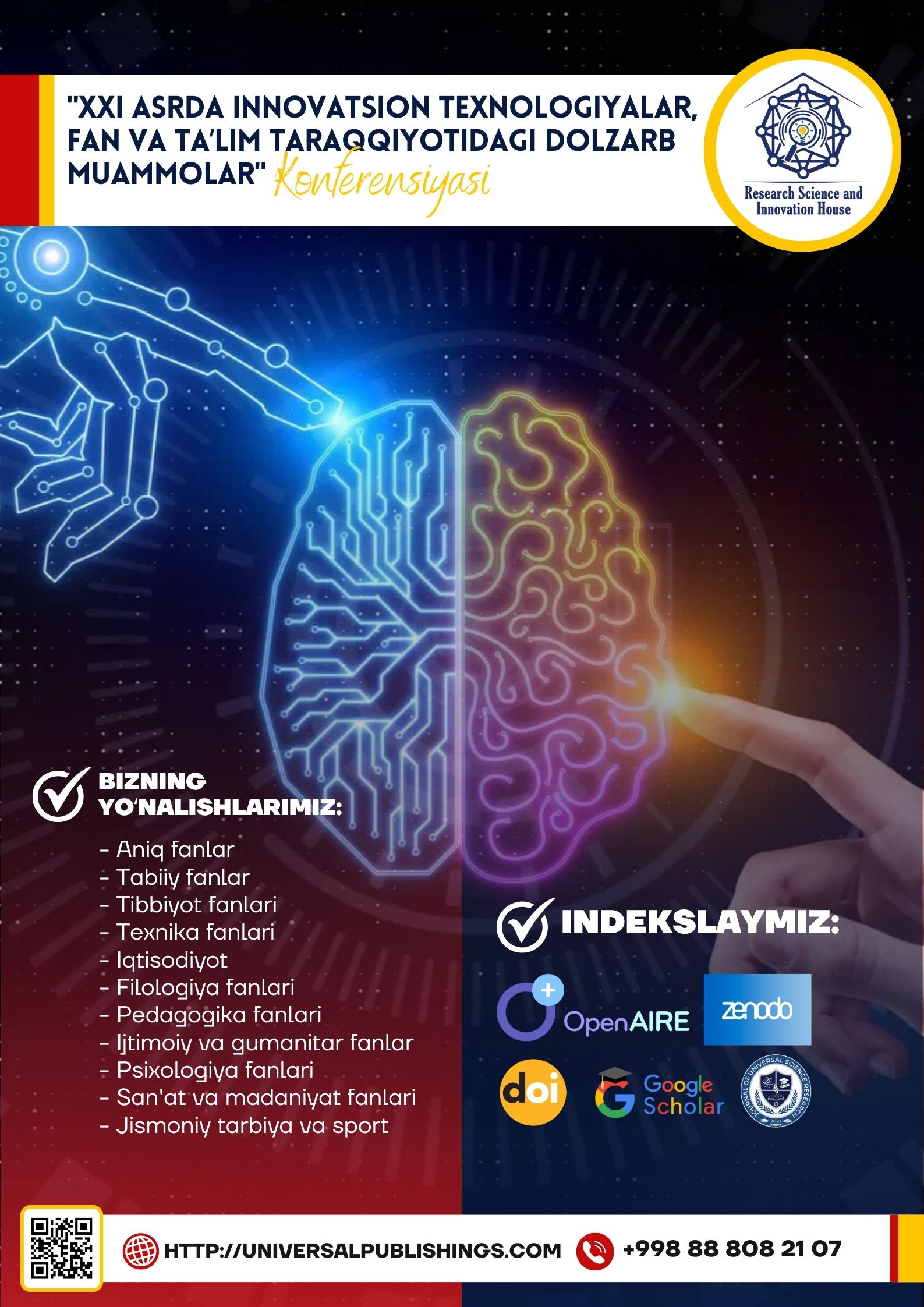Abstract
This article delves into the semantic functions of speech sounds and phonemes, exploring their role in creating and differentiating meaning in language. Phonemes, as the smallest sound units, lack inherent meaning but enable semantic distinction through their contrastive features. By comparing phonemes in different linguistic contexts (e.g., English and Japanese), the article illustrates how sound contrasts are fundamental to language specificity. Furthermore, it examines allophones, phonesthemes, and prosody, which, while not altering word meanings directly, contribute to social, emotional, and symbolic layers in communication. Prosody, through intonation and stress patterns, exemplifies how phonemes participate in conveying emotions and emphasis, adding richness to spoken language. This nuanced analysis underscores the interconnectedness of phonology and semantics, showing how phonemes serve as a bridge between sound and meaning, thus enhancing the depth and versatility of human language. This exploration is valuable for those interested in linguistics, cognitive science, and language acquisition, as it highlights the phonemic foundations of communication and their implications for understanding human thought, culture, and interaction.
References
1. Crystal, D. (2008). A Dictionary of Linguistics and Phonetics. Wiley-Blackwell.
2. Fromkin, V., Rodman, R., & Hyams, N. (2017). An Introduction to Language. Cengage Learning.
3. Ladefoged, P., & Johnson, K. (2014). A Course in Phonetics. Cengage Learning.
4. Lieberman, P., & Blumstein, S. E. (1988). Speech Physiology, Speech Perception, and Acoustic Phonetics. Cambridge University Press.
5. Ohala, J. J. (1994). The Acoustic Theory of Speech Production: A Dynamic Interpretation. Springer.
6. Pinker, S. (1994). The Language Instinct: How the Mind Creates Language. Harper Perennial.
7. Saussure, F. de (1983). Course in General Linguistics (R. Harris, Trans.). Duckworth. (Original work published 1916)
8. Teshaboyeva, N., & Mamayoqubova, S. (2020). COMMUNICATIVE APPROACH TO LANGUAGE TEACHING. In МОЛОДОЙ ИССЛЕДОВАТЕЛЬ: ВЫЗОВЫ И ПЕРСПЕКТИВЫ (pp. 409-414).
9. Teshaboyeva, N. (2020). LINGUISTIC PERSONALITY, ITS STRUCTURAL CHARACTERISTICS IN THE NEW PERSPECTIVE DIRECTIONS. In МОЛОДОЙ ИССЛЕДОВАТЕЛЬ: ВЫЗОВЫ И ПЕРСПЕКТИВЫ (pp. 415-420).
10. Teshaboyeva, N. Z. (2019). TEACHING ENGLISH THROUGH LITERATURE INTESL AND TEFL CLASSROOMS. In СОВРЕМЕННЫЕ ТЕХНОЛОГИИ: АКТУАЛЬНЫЕ ВОПРОСЫ, ДОСТИЖЕНИЯ И ИННОВАЦИИ (pp. 82-84).
11. Хидирова, Д., & Тешабоева, Н. (2022). Pedagogical conditions for the development of the healthy thinking in students. Zamonaviy innovatsion tadqiqotlarning dolzarb muammolari va rivojlanish tendensiyalari: yechimlar va istiqbollar, 1(1), 120-122.
12. Gaybullayeva, N. D. K., & Kizi, T. N. Z. (2022). THE ROLE OF INNOVATIVE METHODS FOR LISTENING COMPREHENSION IN TEACHING LANGUAGE LEARNERS FOREIGN LANGUAGES AND MAINLY ENGLISH. Central Asian Research Journal for Interdisciplinary Studies (CARJIS), 2(10), 8-10.
13. Teshaboyeva Nafisa Zubaydulla qizi, Jurayev Muhammadrahim Murod o’g’li, & Mamirova Munisa Rajab qizi. (2021). Language Learning Culturally and the Role of Literature in Teaching Process. Central Asian Journal of Theoretical and Applied Science, 2(3), 1-5. Retrieved from https://www.cajotas.centralasianstudies.org/index.php/CAJOTAS/article/view/84
14. Teshaboyeva, N. (2023). THE IMPORTANCE OF TOURISM IN PRESENT DAY. Журнал иностранных языков и лингвистики, 5(5).
15. Teshaboyeva, N. (2023). THE MODERN INNOVATIVE TECHNOLOGIES IN TEACHING FOREIGN LANGUAGES. Журнал иностранных языков и лингвистики, 5(5).
16. Teshaboyeva, N. Z. (2023, November). Adjective word group and its types. In " Conference on Universal Science Research 2023" (Vol. 1, No. 11, pp. 59-61).
17. Teshaboyeva, N. Z. (2023, November). Modifications of Consonants in Connected speech. In " Conference on Universal Science Research 2023" (Vol. 1, No. 11, pp. 7-9).
18. Teshaboyeva, N., & Rayimberdiyev, S. (2023, May). THE IMPORTANCE OF USING MULTIMEDIA TECHNOLOGY IN TEACHING ENGLISH CLASSES. In Academic International Conference on Multi-Disciplinary Studies and Education (Vol. 1, No. 8, pp. 149-153).
19. Nafisa, T., & Marina, S. (2023). TEACHING AND LEARNING OF ENGLISH VOCABULARY IN TESL AND TEFL CLASSROOMS. International Journal of Contemporary Scientific and Technical Research, 465-469.

